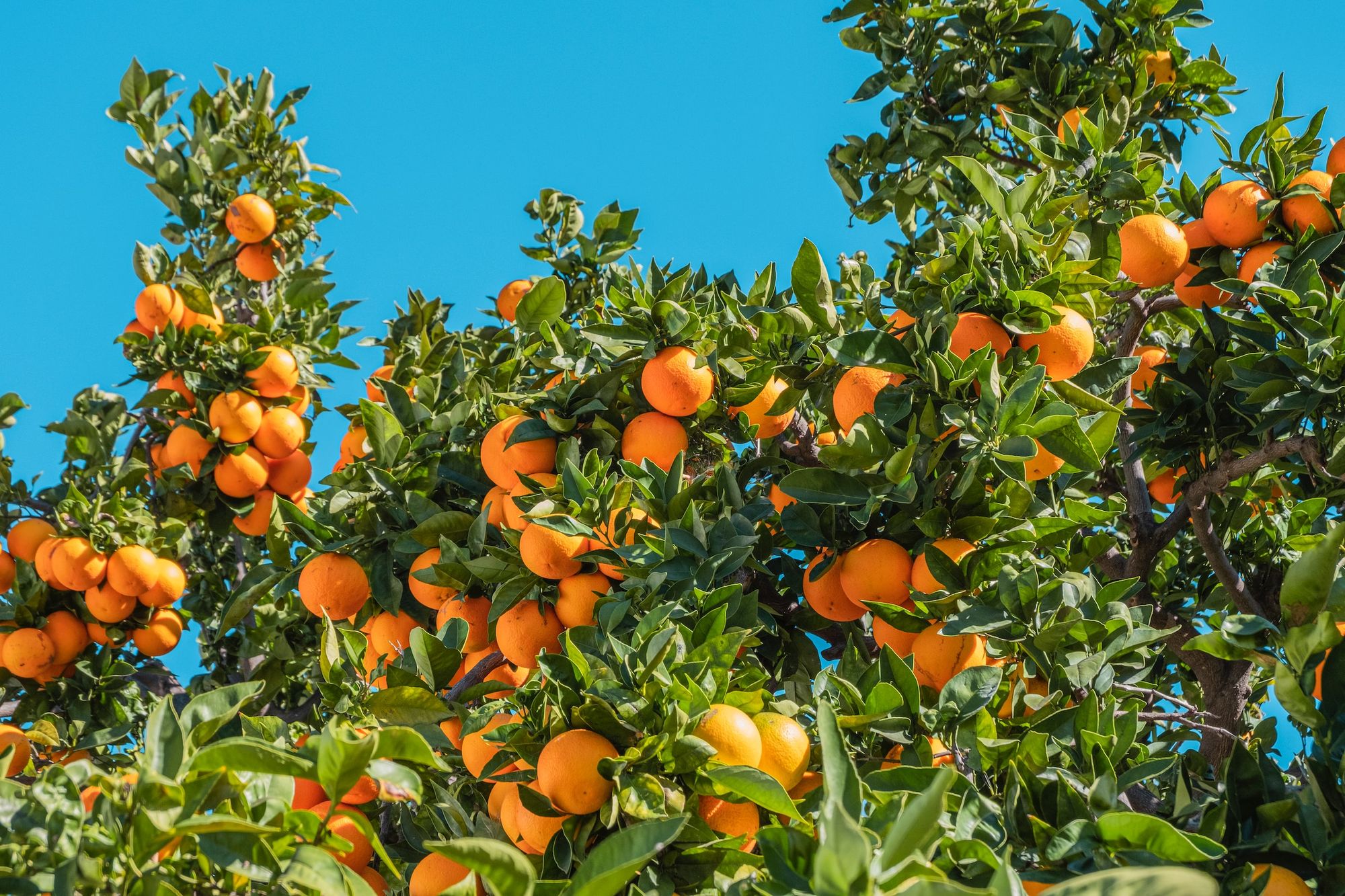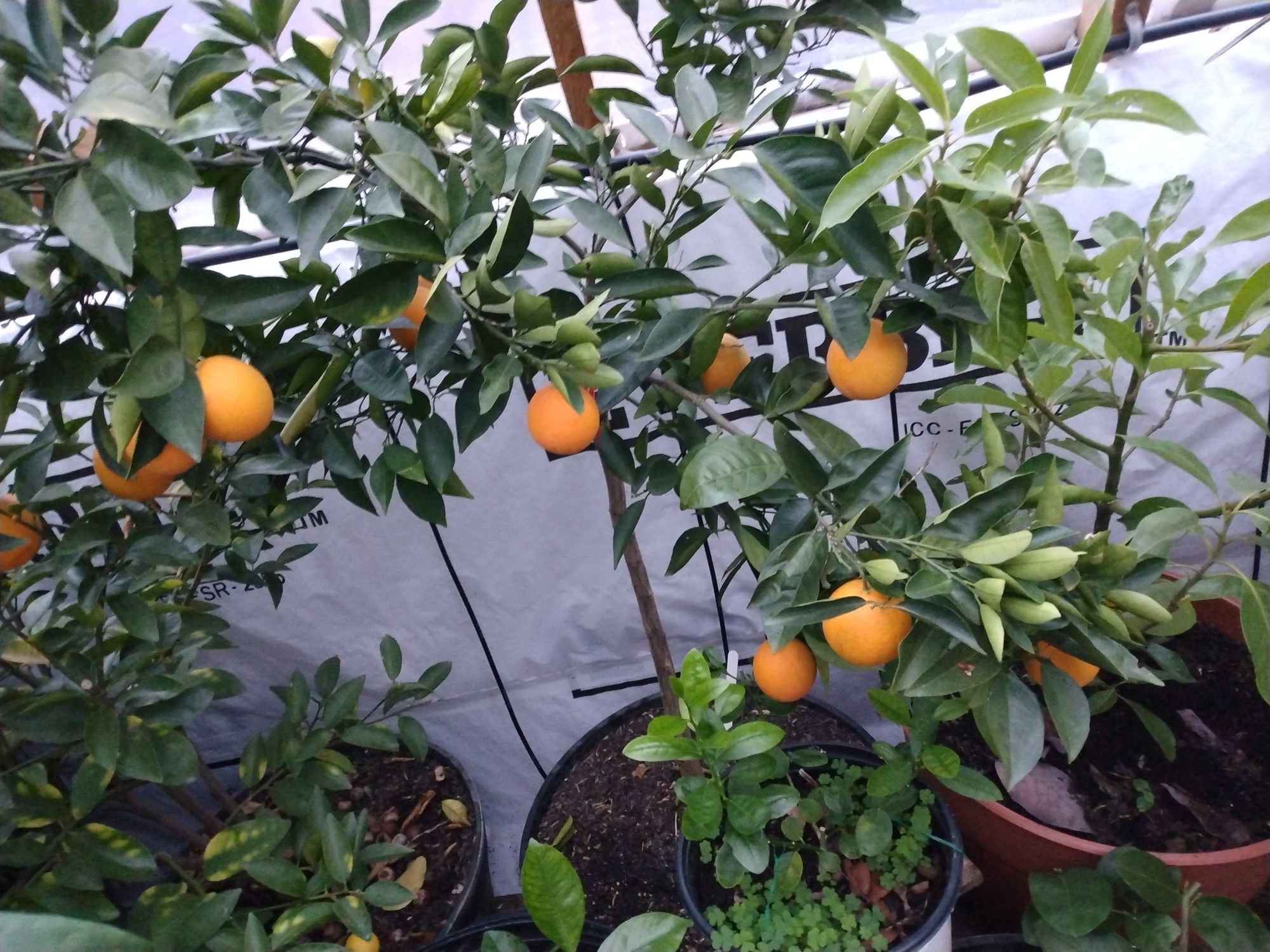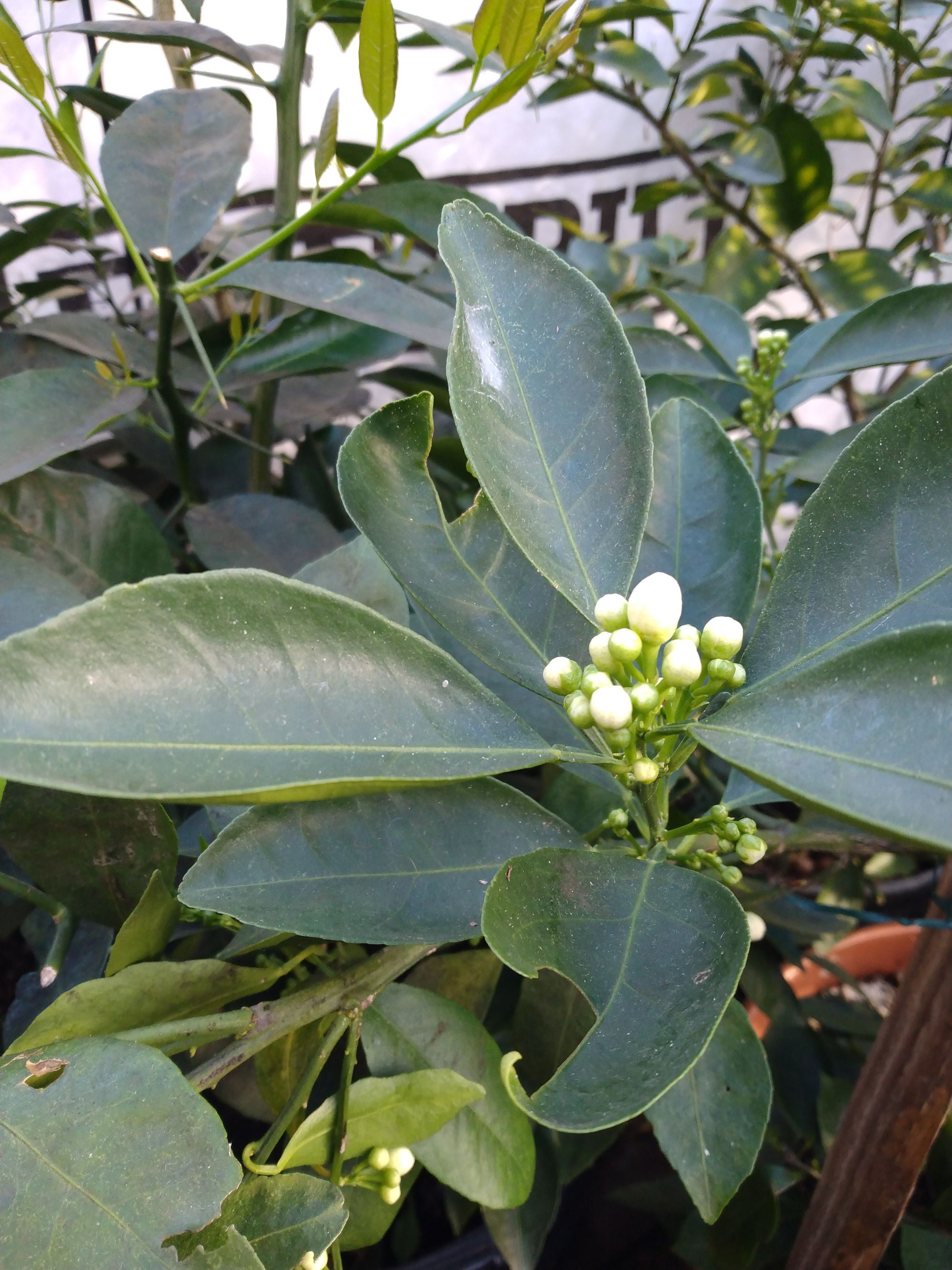Growing Citrus Trees in USDA Zone 7: Tips and Tricks for Cold Hardy Fruit Production

Growing citrus trees in USDA zone 7 can be a rewarding experience, but it does come with some unique challenges. While citrus trees are generally associated with warmer climates, it is possible to grow them in USDA zone 7 with a little bit of extra care and attention. In this blog post, we'll explore some tips and tricks for growing citrus trees in USDA zone 7.
Choose the right variety
When it comes to growing citrus trees in USDA zone 7, choosing the right variety is crucial. Not all citrus trees are created equal, and some are better suited to cooler climates than others. Some of the best citrus varieties for USDA zone 7 include Meyer lemon, Satsuma mandarin, and kumquat. These varieties are more cold-hardy than other citrus trees and can survive temperatures as low as 20 degrees Fahrenheit.
Plant in a protected location
In order to maximize your citrus tree's chances of survival in USDA zone 7, it's important to plant it in a protected location. Choose a spot that is sheltered from cold winds and has good drainage. Citrus trees don't like to have wet feet, so make sure the soil drains well. If you're planting your citrus tree in a pot, make sure the pot has good drainage holes and is big enough for the tree to grow in.



Provide extra insulation
In colder climates like USDA zone 7, it's important to provide your citrus tree with extra insulation to protect it from the cold. One way to do this is to wrap the trunk of the tree with burlap or other insulating material. You can also cover the tree with a blanket or frost cloth on particularly cold nights. Another option is to plant your citrus tree near a south-facing wall or other structure that will absorb and radiate heat, providing extra warmth for the tree.
Water properly
Citrus trees need regular watering to thrive, but overwatering can be just as damaging as underwatering. In USDA zone 7, where the climate is cooler and wetter than other citrus-growing regions, it's important to be mindful of how much water your citrus tree is getting. Water your tree deeply once a week during the growing season, and reduce watering in the winter months when the tree is dormant. Avoid watering the tree from above, as this can lead to fungal growth and disease.
Fertilize regularly
In order to produce healthy, abundant fruit, citrus trees need regular fertilization. In USDA zone 7, where the growing season is shorter than in other citrus-growing regions, it's especially important to give your tree the nutrients it needs to thrive. Fertilize your citrus tree every 4-6 weeks during the growing season with a balanced fertilizer that contains nitrogen, phosphorus, and potassium. You can also add organic matter to the soil to improve soil health and fertility.
Prune carefully
Pruning your citrus tree is important for maintaining its health and shape, but it's important to do it carefully to avoid damaging the tree. In USDA zone 7, where the growing season is shorter, it's especially important to prune your tree in the late winter or early spring before new growth begins. Remove any dead or damaged branches, as well as any branches that are crossing or rubbing against each other. You can also remove any suckers or water sprouts that may be growing from the base of the tree.
In conclusion, growing citrus trees in USDA zone 7 can be a challenge, but it's also a rewarding experience. With the right variety, proper planting, and careful care and attention, you can enjoy fresh, delicious citrus fruit right in your own backyard. By following these tips and tricks, you'll be well on your way to growing healthy, productive citrus trees in USDA zone 7.
